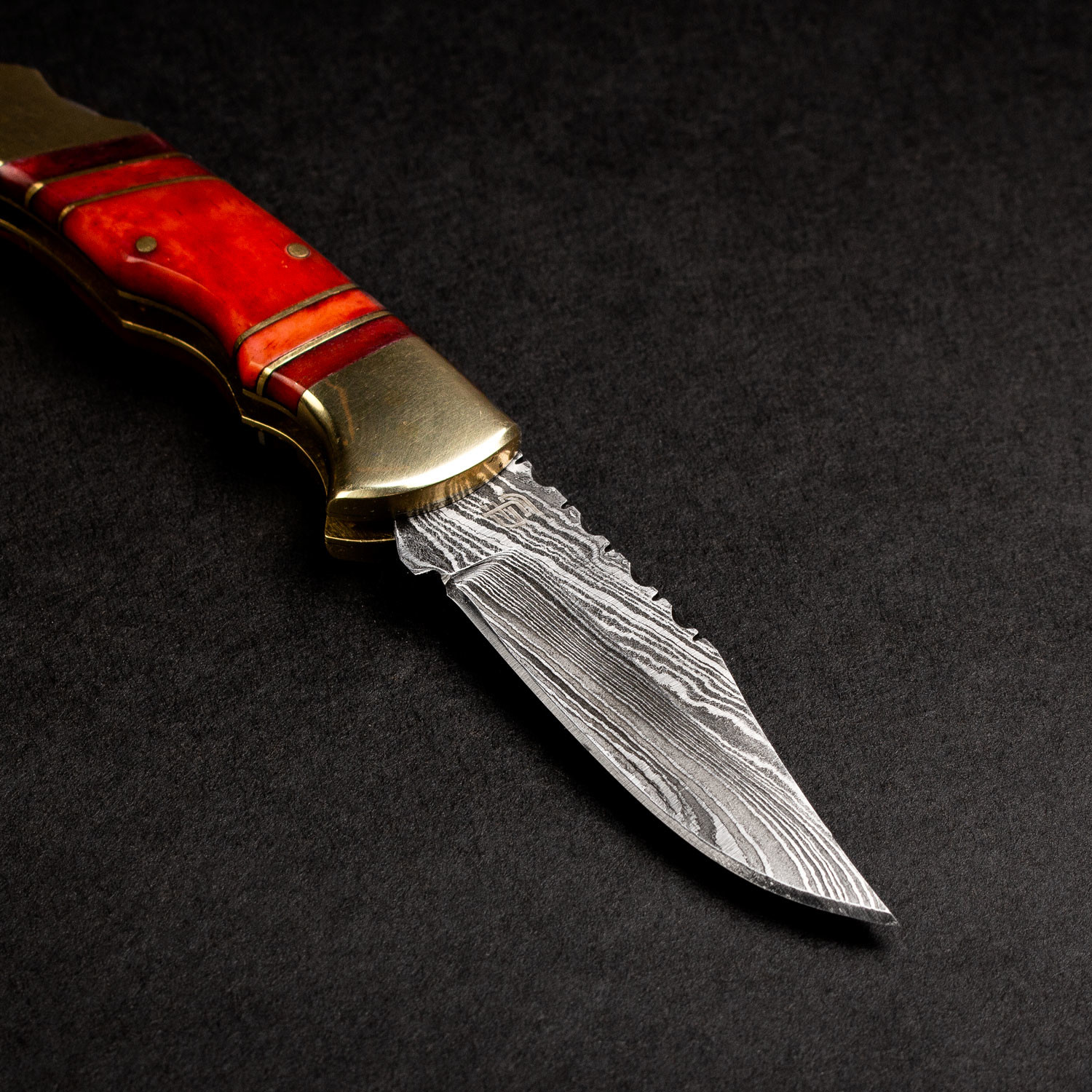Unsheathing the Versatility: Exploring the Main Uses of a Pocket Knife
In a world where versatility and functionality are highly valued, the humble pocket knife emerges as a steadfast companion, ready to lend a helping hand in a variety of situations. Despite its small size, this tool carries a multitude of uses, making it a valuable asset for anyone seeking convenience and preparedness on the go. Whether you are an outdoor enthusiast, a DIY hobbyist, or simply someone looking for a handy tool to have in your pocket, the pocket knife stands out as a dependable and versatile tool that can tackle an array of tasks with ease.
History of Pocket Knives
Dating back centuries, pocket knives have a rich history rooted in practicality. A staple among early societies, these versatile tools served various purposes, from hunting and survival to daily tasks. As time progressed, pocket knives evolved in design and functionality, reflecting the changing needs and lifestyles of different eras.
In the early ages, pocket knives were crafted by hand, showcasing elaborate craftsmanship unique to each region. Their compact size and portability made them a valuable asset for individuals traveling long distances. Used for cutting fruits, carving wood, and even self-defense, pocket knives were indispensable tools that symbolized resourcefulness and preparedness.
With advancements in metallurgy and production techniques, pocket knives became more refined and durable. The Industrial Revolution brought about mass production, making pocket knives accessible to a wider audience. As technological innovations continued, pocket knives adapted to modern demands, incorporating features like locking mechanisms and ergonomic designs for enhanced usability.
Common Features of Pocket Knives
One common feature of pocket knives is their compact size, which makes them easy to carry in a pocket or bag without adding much bulk. This portability allows individuals to have a useful tool readily available for various everyday tasks.
Another typical feature of pocket knives is the folding mechanism that enables the blade to retract into the handle when not in use. This design not only enhances safety by keeping the sharp blade concealed but also protects the blade from damage during transportation or storage.
Many pocket knives come with multiple tools integrated into a single unit, offering versatility for different purposes. These additional tools can include saws, screwdrivers, can openers, and scissors, making pocket knives invaluable for a wide range of activities in various settings.
Safety Tips for Using a Pocket Knife

Always make sure to keep your pocket knife closed and secured when not in use. When opening or closing the blade, do so away from your body to avoid any accidental cuts. Additionally, it is important to maintain a firm grip on the knife to prevent it from slipping during use.
Be mindful of your surroundings while using a pocket knife to avoid causing harm to yourself or others. Choose a suitable cutting surface that is stable and flat to work on. Never use the knife in a reckless or careless manner that could lead to accidents or injuries.
Lastly, remember to keep your pocket knife clean and properly maintained to ensure its safe and effective function. Regularly inspect the blade and handle for any signs of wear or damage, and promptly address any issues that may compromise the knife's performance.